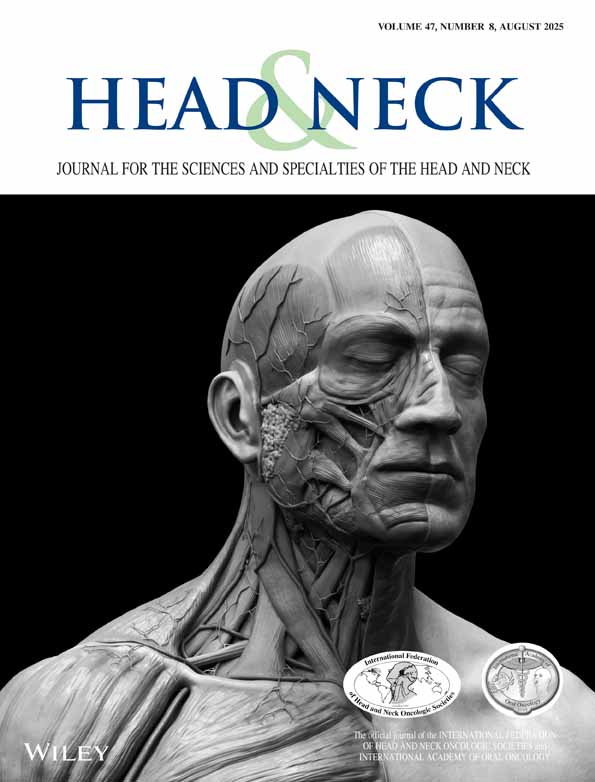Laryngeal framework surgery for the management of aspiration
Abstract
Background
During the past decade, laryngeal framework surgery has become the treatment of choice for the management of adductor paralysis of the vocal fold. The primary impetus for the use of this technique has been on the rehabilitation of voice. The purpose of this study was to ascertain the effectiveness of laryngeal framework surgery, including medialization laryngoplasty with silicone (MLS), with or without arytenoid adduction (AA), on eliminating aspiration, improving diet, and aiding in the subsequent decannulation of individuals with glottic insufficiency secondary to vocal fold palsy.
Methods
A retrospective chart review was performed on all patients initially seen with vocal cord paralysis who were treated with laryngeal framework surgery from June 1992 to April 1996. The study comprised 70 patients, including 31 women and 39 men, with a median age of 57 years. Clinical information was obtained regarding the etiology of the lesion, characteristics of the vocal cord deficit, history of aspiration, the presence of other neurologic deficits or concurrent pulmonary disease, treatment, and outcome. To determine the effectiveness of MLS, with or without AA, we assessed the final outcome regarding the presence and degree of aspiration, diet, history of aspiration pneumonia, and decannulation.
Results
Seventy patients underwent 77 MLS (three bilateral, four revisions), and 21 AA. Decreased aspiration was obtained in 96% of our patients. Seventy-five percent of those patients who had required a tracheotomy were decannulated.
Conclusions
These results support the use of laryngeal framework surgery for the effective treatment of aspiration in selected patients initially seen with deficits of the glottic closure secondary to vocal fold paralysis or paresis. © 1999 John Wiley & Sons, Inc. Head Neck 21: 139–145, 1999.




